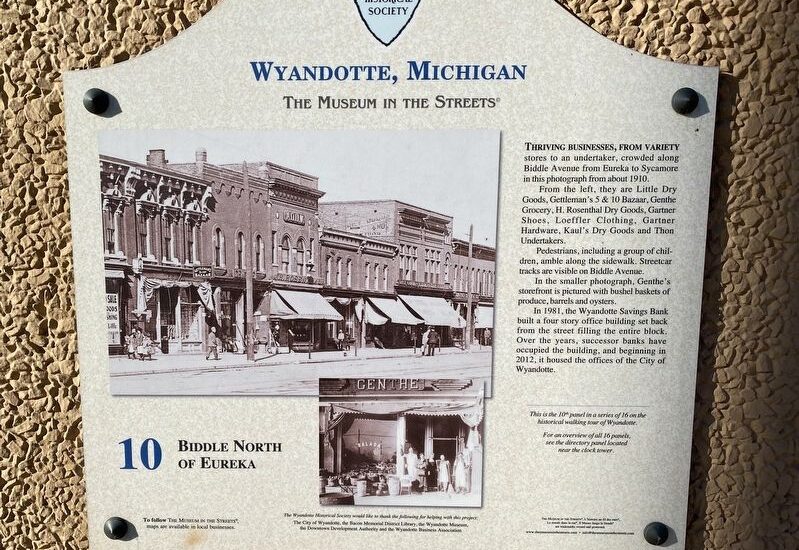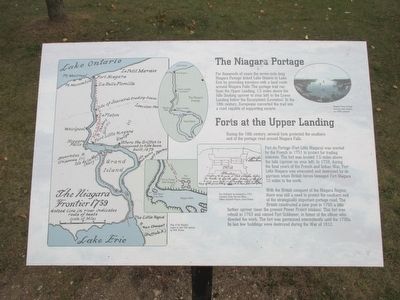Welcome to Biddle Avenue, where history whispers through the bustling streets of Wyandotte, Michigan. As you journey through this vibrant location, you’ll find yourself stepping back in time to a place teeming with stories of innovation, community, and resilience.
The story of Biddle Avenue begins with Major John Biddle, a notable figure in the early 19th century. After the War of 1812, Biddle purchased a vast expanse of land in 1818, which would later become the city of Wyandotte. His estate, named ‘Wyandotte’ in homage to the native Wyandot tribe, laid the groundwork for a thriving community.
Wyandotte’s industrial might was significantly enhanced in the mid-19th century with the establishment of the Eureka Iron & Steel Works and the Wyandotte Rolling Mills, under the vision of John S. Van Alstyne. Van Alstyne’s ‘Philadelphia Plan’ for the city’s layout was a testament to urban planning and mirrored the organized grid of streets found in Philadelphia.
Biddle Avenue, with its strategic position along the Detroit River, became a hub of activity and commerce. During the late 1800s, it was alive with the energy of shipyards, iron mills, and the hum of movie theatres and dime stores. These industries not only fueled the local economy but also attracted a diverse group of people who contributed to the city’s rich cultural tapestry.
Throughout the years, Biddle Avenue has evolved, yet it retains the echoes of its past. The plaques along the historic walking tour offer glimpses into the lives of those who shaped the city—a tapestry of stories from the ironworkers to the shopkeepers and the families who called Wyandotte home.
Biddle Avenue’s significance extends beyond its local history, as it stands as a symbol of the American industrial era, showcasing the spirit of enterprise and community that defined a nation.



